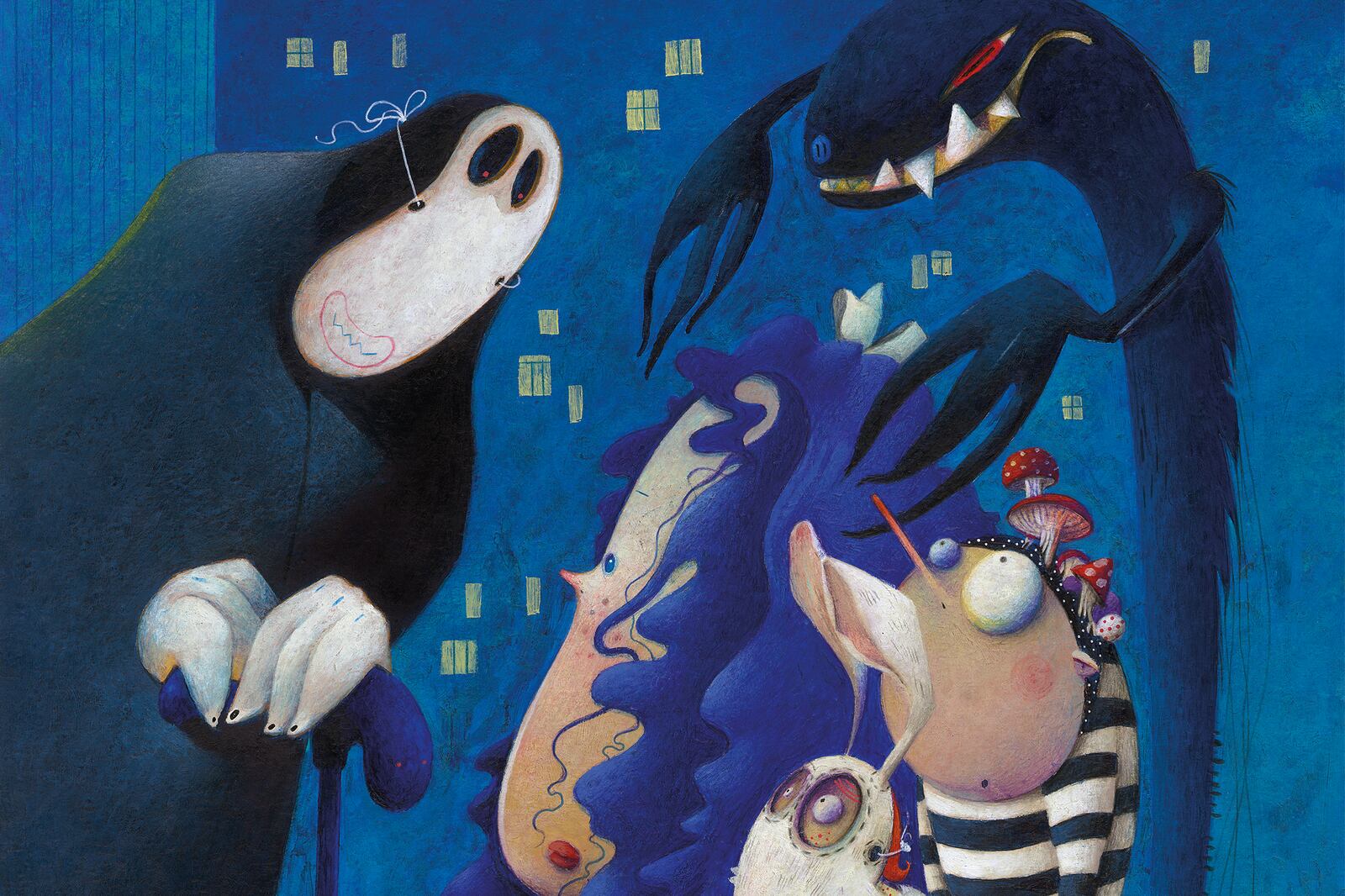Night falls and children in costume scurry along tree-lined streets on Salt Lake City’s east bench. I’m 10 years old, dressed as Alice in Wonderland, walking with my younger sister (as Cinderella) and cousin (as root beer) from one midcentury home to the next. My aunt follows, reminding us to look both ways before crossing streets, but hangs back as we approach each door. There’s one house in particular that frightens me, a Tudor home with pointed gables, creepy trees and a man I know only as the phantom. The walk to the porch takes forever. I reassure the other kids, saying there’s nothing to fear. Bracing myself, I ring the bell.
Every year, we’d trick-or-treat in my aunt’s neighborhood, where nice strangers in big houses would hand out king-sized candies and ask about our costumes. These were rare interactions with adults we didn’t know but knew to be safe, because they were part of our community. My aunt didn’t feel the need to check our hauls at the end of the night for razor blades and compromised wrappers. But this house was different, the man a mystery, appearing just once a year. When I read “To Kill a Mockingbird” the next year I understood why Scout was terrified of her own enigmatic neighbor. Still, I kept going back.
Watching the door with bated breath, I try to inhabit Alice’s fearlessness along with the blonde wig, sky-blue dress and my favorite pink trench coat — an adaptation for the cold. Somewhere, other children have it easy, mobs of Buzz Lightyears and Iron Mans, Belles and Beasts in the parking lot of a school or a church, taking candy from grown-ups they know. And soon, kids will skip the whole charade, instead snatching favorites from a bowl left outside with a handwritten sign: Take one. But getting a treat from this house requires an act of bravery.
There’s one house in particular that frightens me, a Tudor home with pointed gables, creepy trees and a man I know only as the phantom.
The door swings open. Out leaps a grotesque figure with leathered skin, a furry face, bloody fangs and glowing wicked eyes, growling and gesticulating and roaring like a beast. A werewolf! We scream. We can’t shut our eyes fast enough, can’t hold each other tight enough. We can’t run, either, paralyzed with fear and obligated to endure. Just as suddenly, the act is over. The phantom removes his mask to reveal an ordinary man: fair skin, graying hair, kind eyes. He teases us a little and offers a bowl. I choose sour straws: chewy, bitter and coated in sugar.
In my memory, he apologizes sweetly for causing some tears, but I see it differently now. He joined us in a child’s game, a committed actor who made our experience a little more profound. It wasn’t easy for us, but it’s important to try hard things — and meet our neighbors. These days, we seem to have forgotten that, fearing even simple exchanges with benign strangers. I was fortunate to have the phantom in my life, my own Boo Radley. Like the shadowy figure in Scout’s story, he turned out to be on my side.
This story appears in the October issue of Deseret Magazine. Learn more about how to subscribe.
